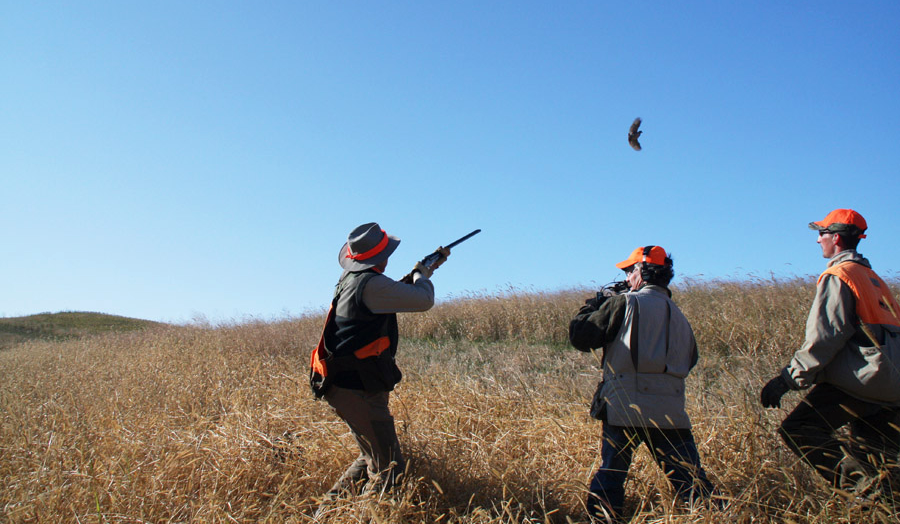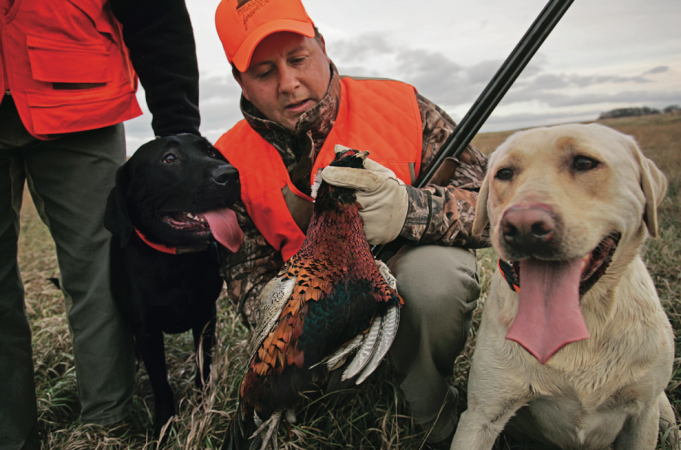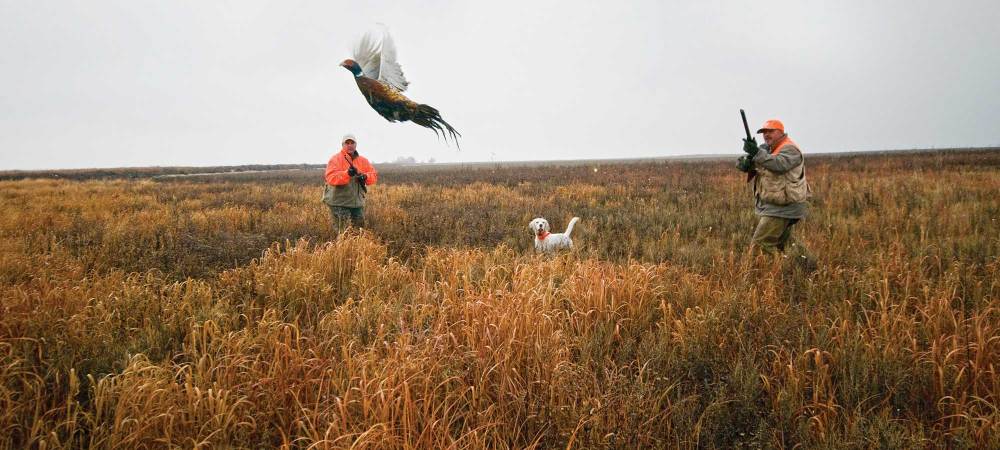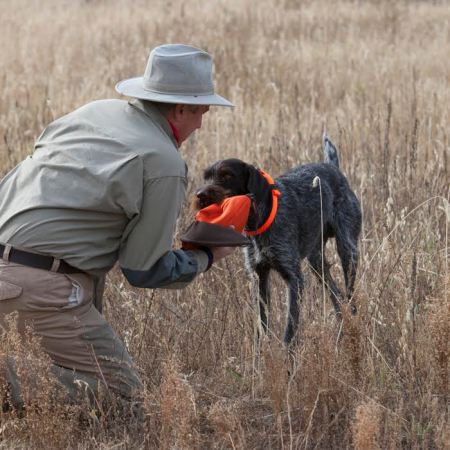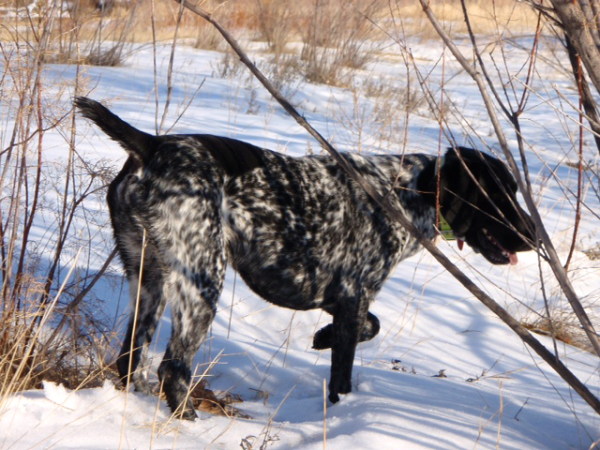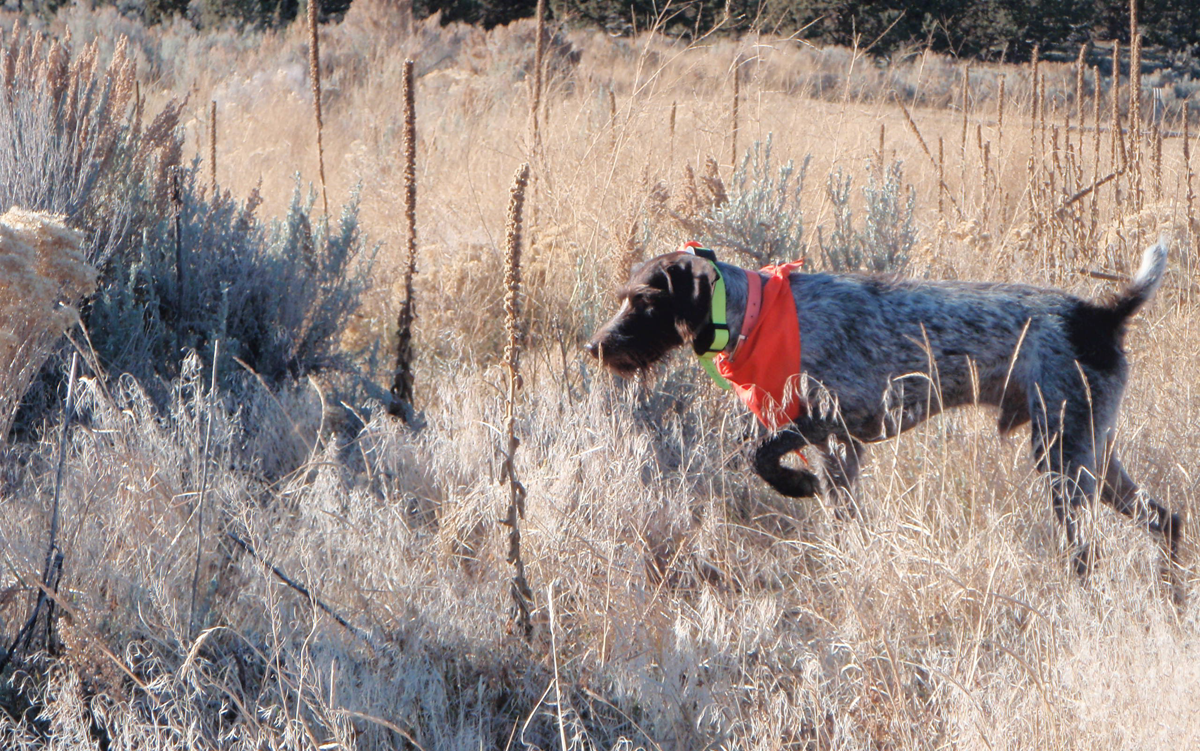
Hunting birds on a preserve isn’t for everyone. You’ll likely encounter dogs that won’t hold and retrieve, or pool-table smooth “cover” birds that couldn’t fly themselves out of a paper bag. But there are still plenty of benefits for those who chose to do so. Is there such a thing as a good preserve hunt? I think so.
A carefully-managed hunt offers much to the dog-owning hunter: a reliable chance to get on birds, a convenient location, that rare commodity camaraderie, and at least a taste of the natural world—even if it’s been crafted by the hands of man.
If you’re introducing a newcomer to bird hunting, wouldn’t getting on some birds be a good idea? Everyone—especially kids—seems to need semi-immediate gratification these days to maintain interest in a new passion. No birds, no dog work, no shots, and they’re back to the video game the next Saturday.
More importantly, if I’m to believe your responses to my annual viewer survey, the primary reason you hunt is to watch your dogs work. What better way to give that dog a lot of bird work than on a preserve that you know holds birds?
And that’s before you weigh the value of your time. You avoid driving hours (or days) to knock on locked doors to not secure permission to hunt non-existent wild birds on beat-up property that was hunted by every third cousin of the landowner’s last weekend. You also avoid jockeying for position on hammered public ground with every Tom, Dick, and Harry within a five-county radius. “Paying” for birds becomes moot, unless the value of your time is zero dollars.
I just had a pretty good preserve hunt. My friend Rob and I enjoyed every minute of it, from the dog work, to the weather, to the litter-free fields we had all to ourselves. And while a true wild bird hunt offers a philosophical and possibly emotional rush I won’t get at the local lodge, it was better than nothing. Way better, according to my dog Buddy.
So please dismount from your high horse, if you’re on one. Don’t get on my case about the nightmares that occur at many preserves. I already know about, and have lived through, them. That’s not my purpose here (perhaps in another post).
And more power to you die-hard wild bird hunters who wouldn’t be caught dead near planted ringnecks. I aspire to your life, and live it whenever possible. But my dogs would rather get a good snort of chukar scent on a semi-regular basis and, often, the nearest wild noseful is five hours from home.
Fly anglers are pretty much over the planted trout issue, except in the rarest of cases. Many of our best “wild” trout streams were barren until someone put fish in them. Even put-and-take fisheries redeem themselves with most anglers if the fish “act wild.” Loch Lomond browns in the Catskills, brookies in the West, McCloud River rainbows in New Zealand—who cares if the total package is good?
Let’s not forget our favorite winged quarry were planted, albeit over 130 years ago, when Judge Owen Denny introduced pheasants to Oregon’s Willamette Valley. What makes them better than a hard-flying, skittish, human-and-dog-averse Hun, chukar, or ringneck “liberated” 50 hours ago? Or last season, or this morning, for that matter?
So, back to the question. Notwithstanding the philosophical differences, for you, your friends and family, and your dog: What would make a lodge or preserve hunt as good as a “wild” bird hunt?
